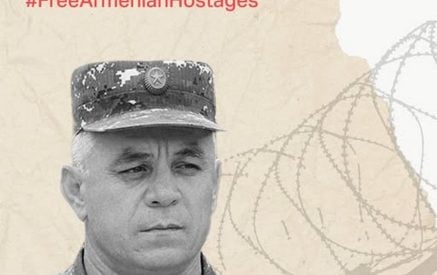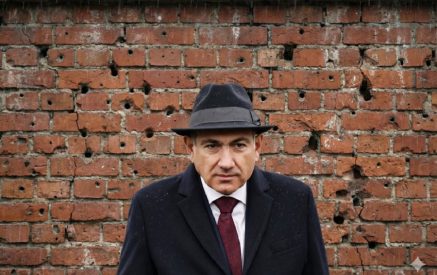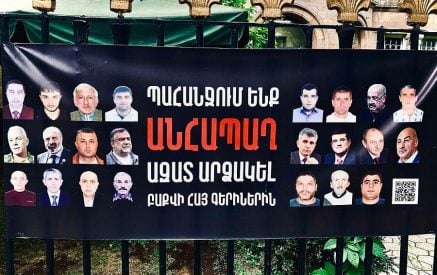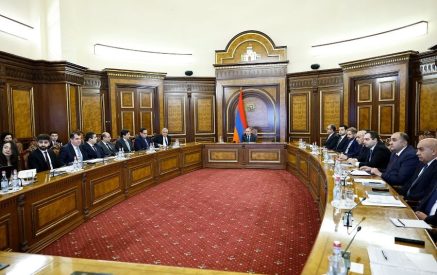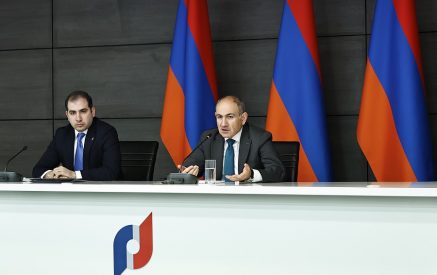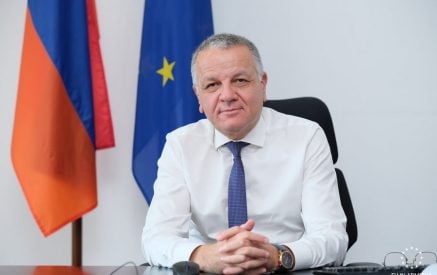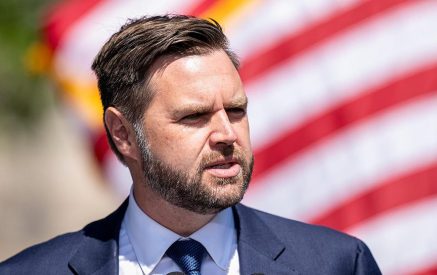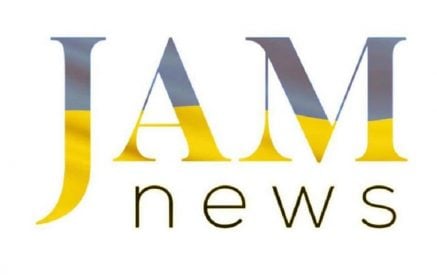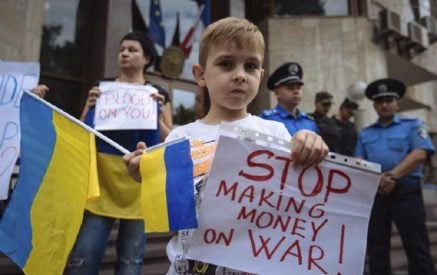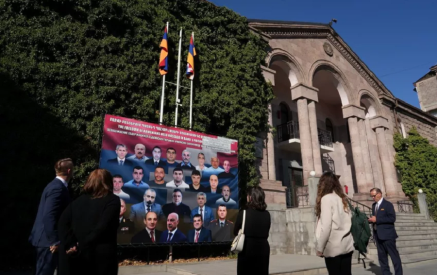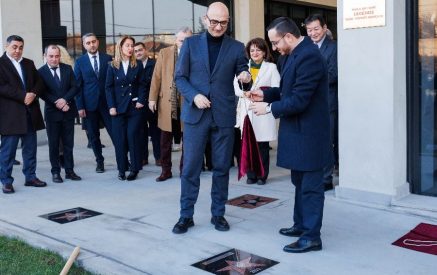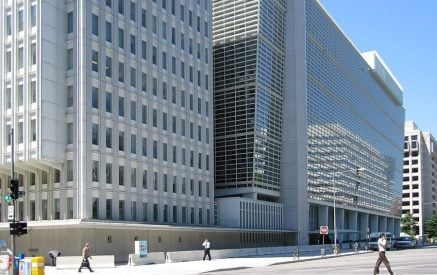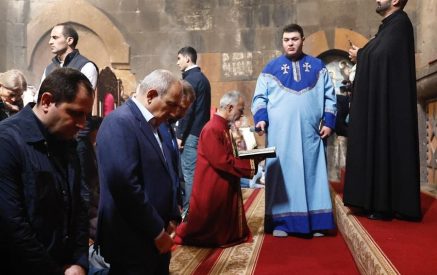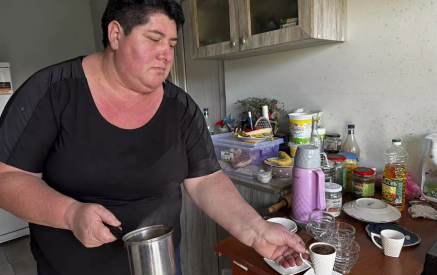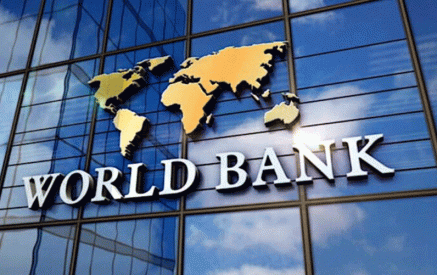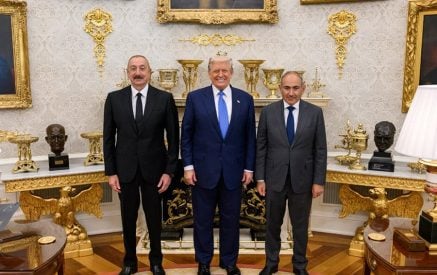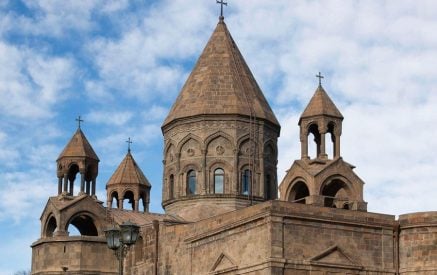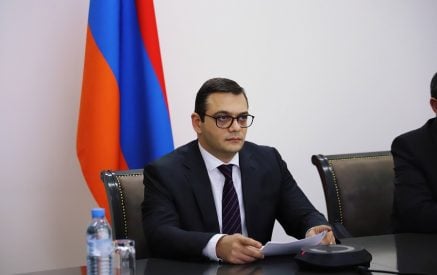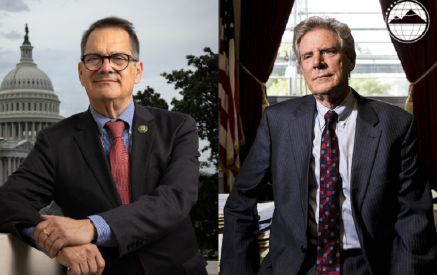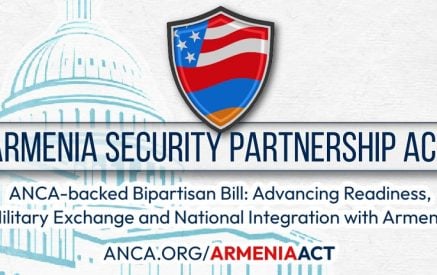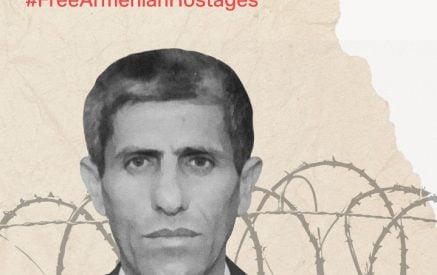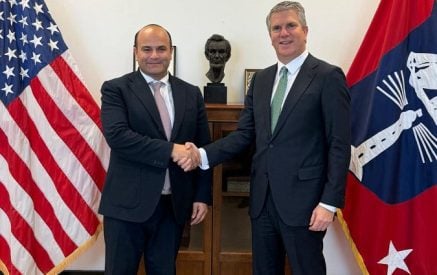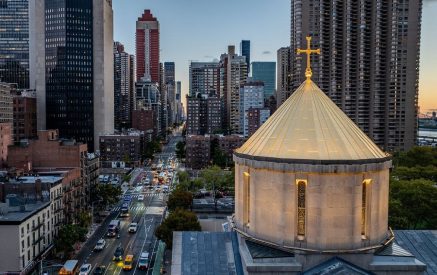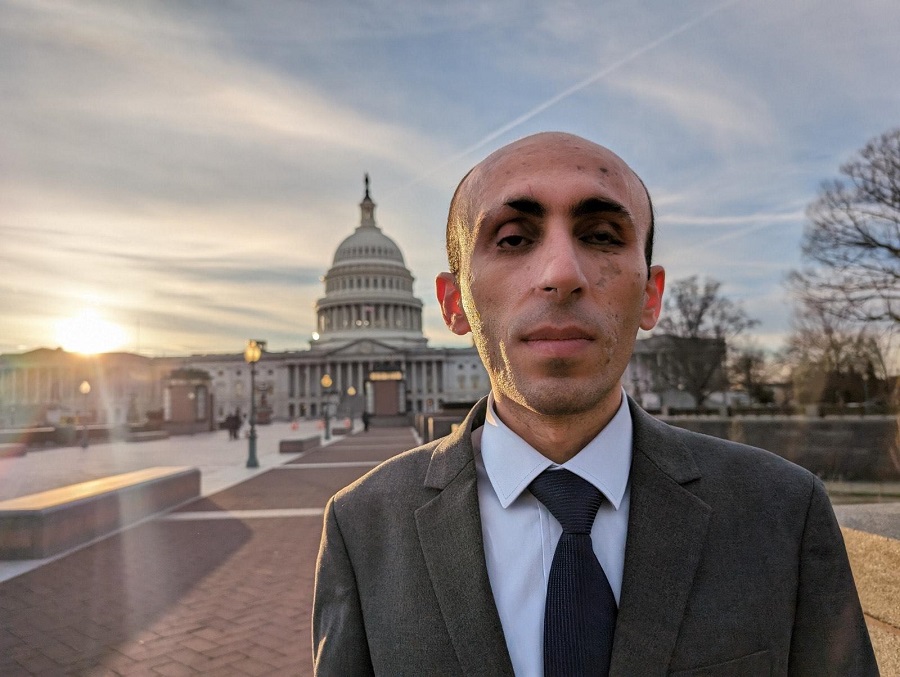Artsakh Union President Artak Beglaryan published an article in the leading American outlet Newsweek, addressing the documents signed between Armenia and Azerbaijan in Washington on
On August 8, Armenian Prime Minister Nikol Pashinyan and Azerbaijani President Ilham Aliyev joined President Donald Trump at the White House to sign a joint declaration. That same day, the foreign ministers of both countries initialed a long-negotiated agreement on peace and inter-state relations.
Together, the declaration and agreement were hailed as a long-awaited diplomatic breakthrough: recognition of borders, renunciation of territorial claims, a ban on the use of force, and new connectivity projects—including the Trump Route for International Peace and Prosperity (TRIPP).
For diplomats, it looked like success. For the 150,000 Christian Armenians of Nagorno-Karabakh (Artsakh)—ethnically cleansed and fully displaced in 2020 and 2023—it looked like disappearance. Nowhere in these texts is there a single reference to the primary victims of this conflict, a people who lived in their ancestral homeland for millennia.
What the Peace Framework Ignores
Read also
The agreement emphasizes sovereignty, borders, and good-neighborly relations. Symbolically, it even condemns intolerance, hatred, and extremism. But it never names the displaced Armenians, never sets conditions for our safe return, and never acknowledges the destruction of our homes, churches, and cemeteries under Azerbaijani occupation.
Instead, the declaration speaks of “closing the chapter of enmity” and rejecting “revenge”—while ignoring the fact that Azerbaijan emptied Nagorno-Karabakh of Armenians through blockade, bombardment, and fear. That reality has been described as genocide by the International Association of Genocide Scholars, by Juan Méndez, the U.N.’s first special adviser on the prevention of genocide, and by Luis Moreno Ocampo, the International Criminal Court’s first prosecutor. Meanwhile, Freedom House, the European Parliament, and many other institutions have called it ethnic cleansing. Notably, President Donald Trump himself publicly recognized that “Armenian Christians were horrifically persecuted and forcibly displaced in Artsakh” on October 23, 2024.
The signed documents also avoid mentioning the Armenian hostages still held in Baku. They avoid addressing the cultural erasure underway in our ancient Christian homeland.
It is peace without people—crafted for diplomats and politicians, yet blind to the very communities that paid the price of the conflict and mass atrocities.
Hatred Still Institutionalized
For decades, Azerbaijan’s state policy has nurtured anti-Armenian hatred. Its schools teach children to hate Armenians as enemies. A “trophy park” in Baku displayed mannequins of dead Armenian soldiers. Perpetrators of atrocities have been honored as heroes. President Aliyev has proudly claimed that Azerbaijan’s youth were raised to hate Armenians.
Among other international institutions, in 2021, the U.N. International Court of Justice confirmed this state-led anti-Armenian hatred policy. And yet, the new agreement leaves untouched the reality that President Aliyev still calls Armenia “Western Azerbaijan” and demands extraterritorial corridors across Armenian sovereign territory.
A paper promise to fight hatred means nothing when hatred remains state doctrine and justice is deliberately ignored.
What a Just Peace Must Contain
For this peace framework to become more than symbolic diplomacy, at least two elements are indispensable:
1. The collective, safe, dignified, prompt, and sustainable return of Nagorno-Karabakh Armenian people—along with the release of all hostages, the protection of cultural heritage and private property. This is not optional; it is a legal right and international obligation, reaffirmed by the U.N. International Court of Justice’s order of November 17, 2023, by a joint statement from 40 U.N. Human Rights Council member states (including the United States) adopted on October 11, 2023, and by 87 members of the U.S. Congress earlier this year.
2. The eradication of Azerbaijan’s state-sponsored anti-Armenian hate policy. Genuine peace requires rewriting textbooks, ending propaganda, and ceasing the glorification of violence. Without this, reconciliation and sustainable peace will remain impossible.
History proves the point. In Bosnia, the Dayton Accords guaranteed the right of return. In Rwanda, reconciliation required eradicating genocidal ideology. In both cases, peace became sustainable only when justice and rights were restored. Nagorno-Karabakh is no different.
The World Still Has a Choice
I grew up blind and orphaned because of this conflict. I have endured bombings, blockades, and forced displacement. As Nagorno-Karabakh’s former human rights defender (ombudsman) and state minister, even with my blind eyes I have witnessed suffering on a scale no one should accept.
Yet, I do not hate ordinary Azerbaijanis. Our demand is not revenge. It is for a just, dignified, inclusive, comprehensive, and sustainable peace. These are not empty words but principles and norms of international law—principles applied in other conflicts and principles that must not be denied to us.
President Trump now has a choice. He can celebrate August 8 as a historic achievement and another big deal—or he can ensure it becomes a foundation for true peace. Armenian and Azerbaijani leaders, responsible for this shameful deal, have already whispered about a Nobel Peace Prize for President Trump. But does legitimizing mass atrocities merit the world’s highest peace honor?
And our people will not remain silent. We will challenge any narrative presented by politicians and diplomats that erases our rights and our existence. Without return and justice, these documents will not end the conflict and bring peace. They will only cement our tragedy and embolden perpetrators of mass atrocities—inviting new tragedies for the peoples of the South Caucasus, and ultimately, for humanity.
Artak Beglaryan is the former human rights defender (ombudsman) and state minister of the de facto Republic of Artsakh (Nagorno-Karabakh). A survivor of genocide and forced displacement, he now chairs the Artsakh Union and advocates globally for the rights of Nagorno-Karabakh Armenians. He has testified before the Tom Lantos Human Rights Commission of the U.S. Congress.
The views expressed in this article are the writer’s own.
Artsakh Union


